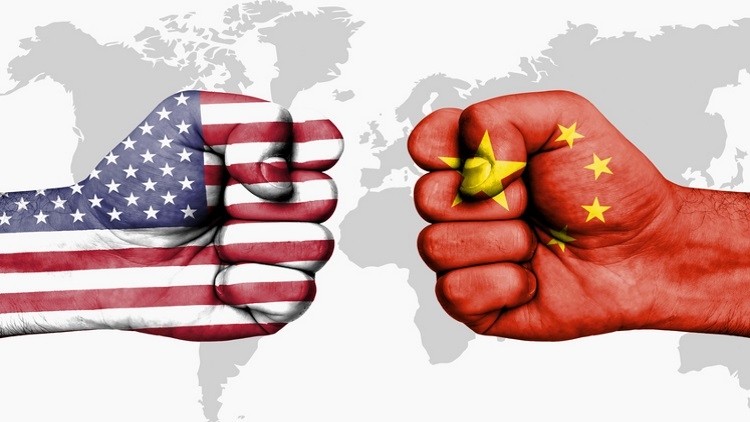China vs US
May 29, 2018 | Expert Insights

China has rejected the US accusation that it has abused joint venture requirements to achieve technology transfer. The country told the World Trade Organization that the United States is one of the main beneficiaries of technology transfer.
Envoys from US and China have sparred regarding the issue of “technology transfer” at the WTO.
Background
China is a major market for US agricultural products, machinery, and cars as well as other products. In 2016, it was the third largest market for US exports. According to the American Apparel & Footwear Association, more than 41% of clothing and 72% of footwear sold in the US are made in China. China's trade surplus with the United States widened in 2017 while total foreign trade volume maintained rapid growth.
The United States and China are two of the largest economies in the world. Each considers the other as a partner in trade and an adversary in geopolitics. US President Donald Trump has previously been a critic of China. He blamed the country for loss of jobs within the US and has often criticized the US trade deficit with China. China's trade surplus with the United States widened in 2017 while total foreign trade volume maintained rapid growth.
Former chief executive of Hong Kong Tung Chee-hwa recently said that a trade war must be avoided. “In such a big relationship, there is bound to be disagreement, but rash action on either side will only create the environment for a very serious trade war, which is not good for any country. Patient discussion and negotiation, particularly considering the long-term prospects of the relationship, will be very important,” he said.
In recent weeks, Washington announced that Chinese imports would be hit with tariffs worth US$60. The trade sanctions triggered retaliation from China’s foreign ministry, which said that Beijing would “take all legal measures to protect our interest.” On March 23rd, 2018, China unveiled tariffs on $3 billion of US imports as a response to the US’ actions. In addition to these tariffs, it has been reported that China will take up legal action against the US at the World Trade Organization. In May 2018, the two countries agreed to call a truce to the trade war.
Analysis
In the past, the US has complained to the WTO about protection of intellectual property. Washington’s “Section 301” investigation is currently inspecting alleged Chinese theft of US intellectual property.
Envoys from both nations have now sparred regarding the issue of “technology theft” at the World Trade Organization. US President Donald Trump has accused China of “stealing” American ideas. Chinese Ambassador to the World Trade Organization (WTO) Zhang Xiangchen rejected the accusation and noted that the United States is one of the main beneficiaries of technology transfer.
"The transfer of technology from the U.S. companies to China is a normal business. It is done based on mutually agreed terms between the businesses, and such transactions represent the companies' own will," said Zhang, underlining that "the principles of commercial considerations, contractual freedom and market competition are fully observed in these transactions." He also noted that US "Section 301" investigations provided no evidence that China's law stipulated that foreign companies should transfer technology to Chinese partners.
Meanwhile, US Ambassador Dennis Shea maintained that “forced technology transfer” was often an unwritten rule for companies trying to access China’s growing marketplace. “This is not the rule of law. In fact, it is China’s laws themselves that enable this coercion,” Shea told the WTO’s dispute settlement body, according to a copy of his remarks provided to Reuters. “Fundamentally, China has made the decision to engage in a systematic, state-directed, and non-market pursuit of other (WTO) members’ cutting-edge technology in service of China’s industrial policy.”
According to experts in the field, US authorities need the backing from WTO in order to impose tariffs on China on this subject.
Assessment
Our assessment is that this presents yet another threat to the tenuous truce called upon by US and China on the ongoing trade conflict. Under WTO rules, if disputes are not settled amicably after 60 days, the complainant can ask for a panel of experts to adjudicate. This, in turn, will end up escalating the dispute and will trigger a legal case that could take years to settle. This could pose a threat to any fruitful trade negotiations that the two nations would want to venture towards in the near future.








Comments